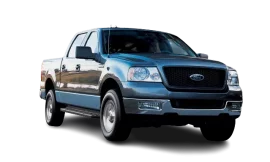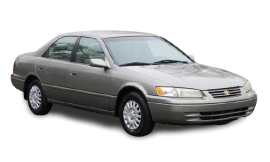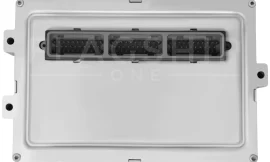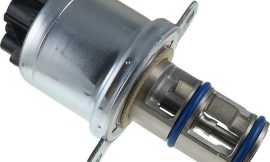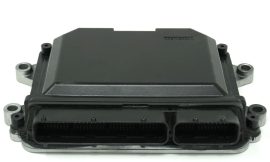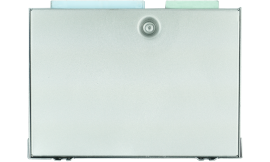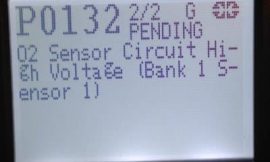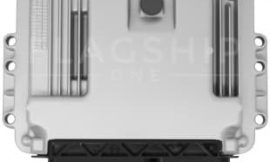Last updated on April 6th, 2022 at 12:09 am
A car is a complicated machine. There are many different parts that all need to work together in order for the vehicle to operate properly. If any one of these parts fails, it can be difficult to diagnose and repair the problem. That’s why knowing how to identify common problems with cars and how to fix them is important!
In this article, we’ll take a look at five of the most common causes of car trouble, what they mean when your car isn’t running right, and how you can get back on the road again!
The five most common car problems
The five most common car problems are fuel system, ignition system, electrical system, cooling system, and the suspension.
A problem with the fuel system is typically associated with a lack of gas in the tank. This can also be caused by a faulty gas cap or contaminated fuel. When you have an ignition system malfunction, there’s usually a problem with the spark plugs, wires, distributor cap, or rotor arm. Electrical systems are prone to malfunctions that are hard to diagnose because they are so complicated. The typical symptoms are that it will not start or that it will die unexpectedly while driving. The cooling system failure often causes overheating problems–a typical sign is high engine temperature readings on the gauge cluster. Finally, suspension malfunctions can include a failing shock or strut, a lack of power steering fluid, or a damaged stabilizer bar.

Here are some common problems with cars and how they might be fixed:
–Fuel system problem: In order to resolve the fuel issue, the cause needs to be identified and repaired. This can happen in several ways–for example, removing contaminants from the tank or replacing the gas cap.
–Ignition system problem: There are so many different components to an ignition system that it can be hard to tell where the problem originates. The first step is identifying which component needs to be replaced–this might happen after checking for spark at each of the plugs, examining the wires for damage, looking at how worn out the rotor arm is, etc. Most ignition systems need multiple parts in order to work properly, so next you will want to figure out if all of these are working together correctly. It could also just be a simple fix like cleaning or replacing your spark plugs!
–Electrical system malfunction: Troubleshooting electrical problems in cars typically requires a mechanic’s expertise. It could be as simple as checking for corrosion or loose connections on the battery terminals, which are associated with a lack of power. Otherwise, it might require extensive testing of all electrical components .
-Cooling system problem: Identifying and repairing a cooling system malfunction typically needs to begin by checking the level of coolant in the reservoir and adding if needed. If there is no coolant in the expansion tank at all, this might indicate a leak in the hose(s) leading from it. Check for any signs of fluid leaks–if you see one, then that will be where you start looking for problems. Another good practice when dealing with car trouble is to purchase a high quality battery charger and keep it charged in your car
What they mean when your car isn’t running right
The gas tank is half way empty. The engine will not turn on. The power steering fluid is low. The engine temperature is high,The suspension is damaged.
A fuel system problem is not enough gas in the tank. The engine will not turn on. The ignition system has a broken wire or bad spark plug. An electrical failure makes it so that the car battery won’t retain a charge for long periods of time. A cooling system issue means there’s no coolant in the expansion tank, or that there are leaks in the connecting hoses and/or radiator core. Problems with the suspension are typically caused by worn out shock absorbers, or by damage to the stabilizer bar(s). It could also be due to corrosion on all parts involved with steering, which would need to be checked thoroughly before applying any repairs .
How you can get back on the road again!
The first thing you’ll want to do is find out if the car will turn on. If it doesn’t, then you’ll need to figure out why not. If there’s no spark at all, then you’ll need to check the wires and the plugs. You might also need new wires or plugs. If you can’t get it started, then your engine might be flooded with gas, which means that it needs to be drained before trying again.
Next, make sure that your battery is up to scratch by testing the charge levels with a charger. If it’s low, then maybe your alternator isn’t working properly or there are some loose connections in the battery terminals. Finally, make sure that all your lights work – this will help you figure out if there are any broken electrical components.
the suspension of the vehicle is worn out or has some damage to it, this will make the car ride very rough no matter how well you fix everything else .
If your gas tank is half full, then something is either wrong with your fuel supply (pump) or that there’s a leak somewhere in that system. You’ll want to check first on the line connections on top of the tank. If that doesn’t work, then you can check on all your hoses and filters for leaks as well – just watch out for fluid drips! If none of this works, then it might be time to replace some or all parts of your fuel system.
If the engine temperature is too high, then you’ll need to check your thermostat and coolant. Replace it if needed or try to fix the problem with the current one. Check for leaks in your hoses as well , which will also cause an overheating problem.
To figure out what’s wrong with power steering fluid low, you can check the level in your reservoir. If that’s not it, then you’ll need to get under the car and see if there are any
When something goes wrong with your car’s engine, it is important to know the potential causes and how to fix them. In all these cases, when your car isn’t running right , it’s important to get it diagnosed by a mechanic as soon as possible.




